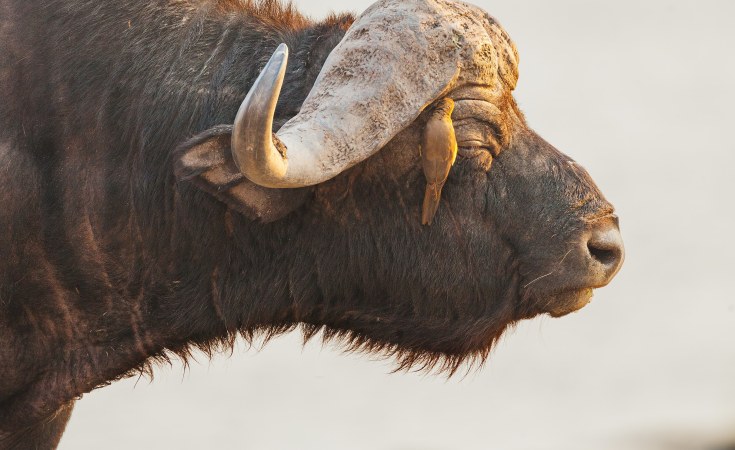Dar es Salaam, Tanzania — Tanzania's Ministry of Tourism released a census this week showing the country's elephant population has stabilized.
Tanzania's elephants were among the hardest hit by poaching in Africa, with numbers dropping 60 percent between 2009 and 2014. But authorities say joint efforts with conservation groups and local communities have drastically reduced poaching and helped to attract tourist dollars.
Just under 20,000 elephants were recorded in a survey that covered about 90,000 square kilometers of the Katavi-Rukwa and Ruaha-Rungwa landscapes in western Tanzania, including parks, game reserves and other protected areas.
The government said the results confirm that the landscape remains the most important in East Africa in terms of elephant numbers and contains the largest population on the continent outside Zimbabwe and Botswana.
Ernest Mjingo, a managing director of the Tanzania Wildlife Research Institute, a department of the Ministry of Tourism, said the world would now see Tanzania as very serious about conservation and doing well at it. And if the world does see that, he said, it would be a credit to the government and would also increase revenue, because Tanzania will become a prime destination for tourists because of the animal population. He added that it could also become a U.N. World Heritage Site, since it would have species that would not be available in other places.
The report said poaching had dramatically decreased over the last few years.
In the last report, conducted in 2018, the ratio of elephant carcasses to live animals was 14 percent. Now, it's just 1.4 percent, thanks to government and stakeholders' efforts in strengthening wildlife protection.
Tourism experts such as Makubi Mabula see the results of the census as a good sign for Tanzania's economic prospects.
"Honestly, the results show a green light toward the future of tourism in our country," he said through a translator. " ... Many tourists come to see animals like elephants, lions, rhinos and others. So, with the elephant population stabilizing, the national income will increase. It really gives us the peace we tourist stakeholders need to believe that the tourism industry will grow fast."
Along with elephants, the survey also confirmed that the populations of 25 other key mammal species in Tanzania have stabilized, including buffaloes, zebras, hartebeests, impalas and giraffes.


